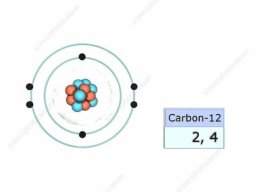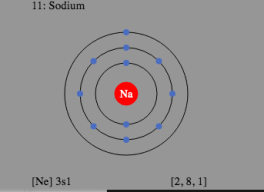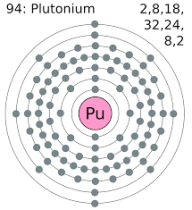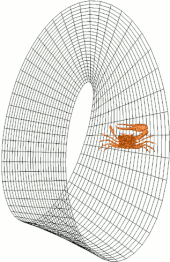Tom C.
Junior Member
Just an abstract way of looking at different rhythmic patterns and how they can be layered and modified. Sometimes it's helpful to look at something that is familiar from a different perspective. Can be good for creativity. Just one way of many...
I enjoy the visualization of music. When I close my eyes while listening to music I see gears and belts, colors, patterns, and architecture in my mind's eye. It's a creative tool.
I also think when you look at the concept of groove you have to acknowledge that repeating patterns are what create a groove and feel. You can have all kinds of variation within the layered patterns, but there has to be some amount of repetition to give the feeling of a continuous groove. Early humans used repeating rhythms and chants to induce trance states, or to work more efficiently at repetitive tasks.
But we all want to break out of circles in order to evolve. And good songs have elements of establishing patterns and then introducing some amount of surprise.
Maybe it's not so much the visualization tool that bothers you, but the presentation of it as a new philosophy for music...
I enjoy the visualization of music. When I close my eyes while listening to music I see gears and belts, colors, patterns, and architecture in my mind's eye. It's a creative tool.
I also think when you look at the concept of groove you have to acknowledge that repeating patterns are what create a groove and feel. You can have all kinds of variation within the layered patterns, but there has to be some amount of repetition to give the feeling of a continuous groove. Early humans used repeating rhythms and chants to induce trance states, or to work more efficiently at repetitive tasks.
But we all want to break out of circles in order to evolve. And good songs have elements of establishing patterns and then introducing some amount of surprise.
Maybe it's not so much the visualization tool that bothers you, but the presentation of it as a new philosophy for music...





